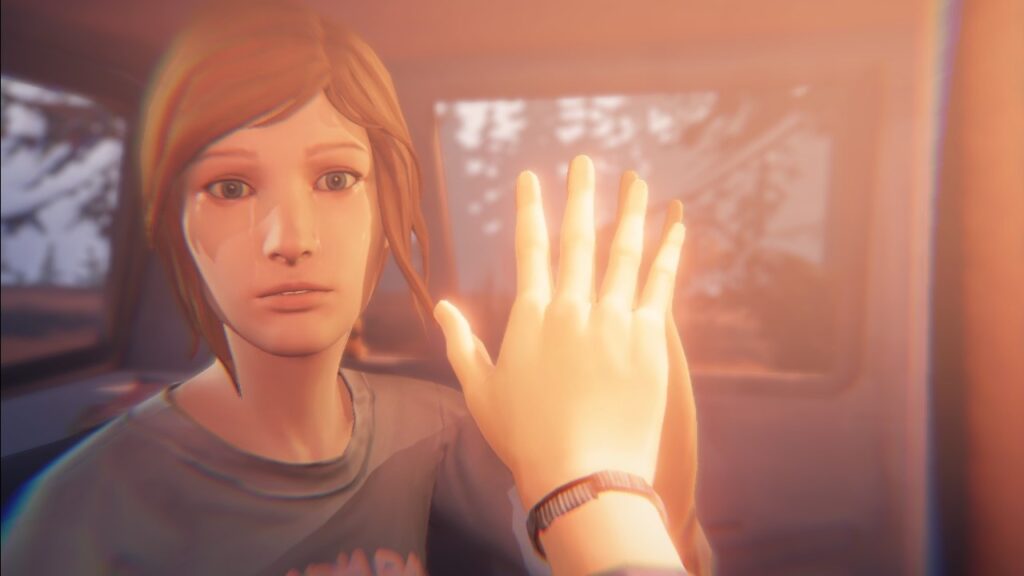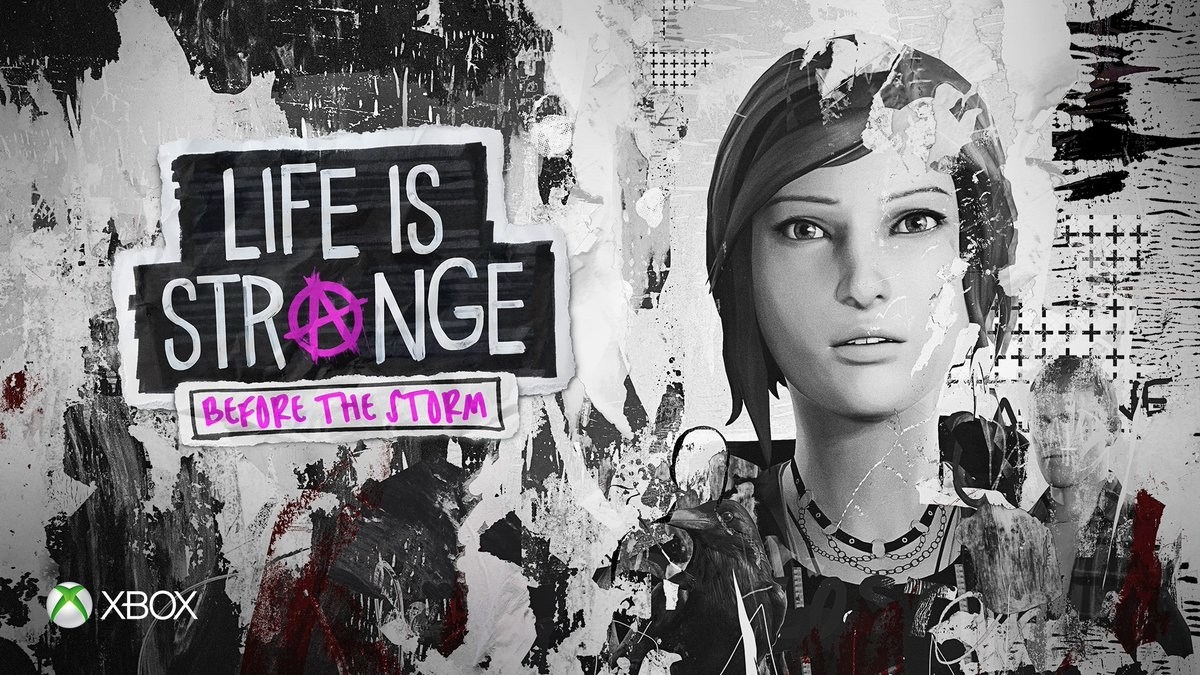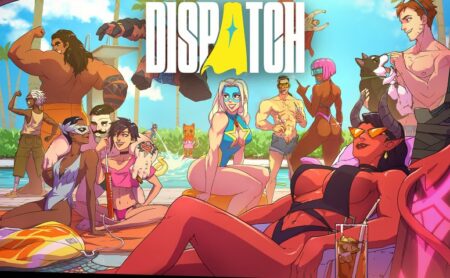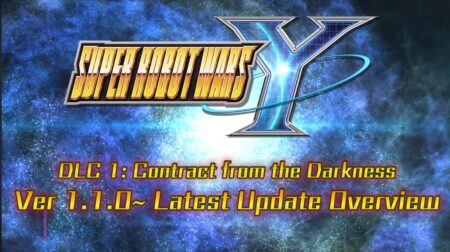Here we are back in Arcadia Bay 2 years later in our physical world, and some time ago in the past in Chloe Price’s shoes— before the aqua hairdo, and before the inception of Max Caufield’s temporal powers. If you haven’t played the original Life Is Strange (2015) then know that this a prequel title that has you play as a different character with somewhat different mechanics in approaching situations that are present in narrative based games. Platform Reviewed: PC
Platform Reviewed: PC
Platforms Available: PS4, PC, Xbox One
Publisher: Square Enix Holdings
Developer: Deck Nine
Release Date: 31 Aug, 2017
MSRP: $16.99 (PHP 736.00)
This review is based on the retail copy purchased by the author.
PC specifications used in playing the game:
Intel i7-4790K
NVIDIA GeForce GTX1080 Founders Edition
16GB RAM
Game Display Settings configured to: HELLA HIGH
Resolution: 1920×1080
Gone are the time altering powers that Max uses to undo mistakes or solve situational conflicts, instead, we get Chloe’s sassy mouth and “eff the world” attitude to get by confrontations. While the previous game allows you rewind time (or fast-forward cut-scenes) in order to not just change the outcome of a scenario but to also solve environmental, albeit, linear puzzles, with Chloe it becomes more of a pick-the-right-thing to say in a dialogue to get the best of out the scene rather than actually failing.
The story continues on whether you choose to use her new Backtalk ability that slings insults towards people until they let you have it your way, all while pretty much saying: “why I oughta!” when in fact most people would probably not take it so lightly, and would maybe respond with physical violence— whether that matters, is entirely up to you.
I don’t want to talk about the story too much, especially in games like these, since I believe that this what makes up like 90% of the experience. To be concise, it’s really about Chloe growing as a character: how she dealt with domestic issues, fitting in, being angry, dealing with losses, and pretty much being a human with flaws. All of this emotion is complemented with artful cinematography that tick all the checkboxes in what makes a good shot composition—and it really stands out despite the game’s engine not being a graphical powerhouse.
The facial animation and lip-syncing, I felt, are better than the original game, although it really is just an improvement and not anything extraordinary. The music however to me, was masterfully executed, the Britpop/Post-Rock band Daughter provided exceptional themes and sampling that really fit the inner turmoil that Chloe goes through; the main menu’s ambient track just works, and so does everything else when scenes (especially the surreal ones) kick-off. I highly recommend checking out the album on Spotify/YouTube if you can; that’s if you find this kind of music aurally stimulating.
Some players mentioned technical issues that surrounds the game such as choppiness and inconsistencies in framerates. I did not experience such issues—I however have a few complaints regarding some technical aspects of the game, one of them being: fuzzy/compressed textures. Look, I know this game is not marketed as graphical powerhouse, but when other factors that make up the presentations are a blast to narrow your eyes on, small technical inconsistencies like boxy compressed texts that appear on a close-up become an eyesore. Another issue I had, was the downright terrible anti-aliasing implementation.
Even if you set it to the highest setting which is the HELLA HIGH preset, the jaggies still remain rampant. You could utilize grading tools like SweetFX and/or ReShade to alleviate these, but the developers should’ve fixed that to begin with. Speaking of developers, I also found it perplexing that despite Deck Nine being an American-based developer, some of the writing felt like it was a poorly translated script at times—with Dontnod (the original developer for Life Is Strange) a little leniency could be encouraged since they were a French-based developer team, the same can’t be said if you’re making a game in your native tongue.
When it comes to episodic games, it’s hard to form concrete thoughts about them because they are incomplete. It is what it is however, and I can say that I had a good time with this one, it’s not as good as episode 1 of the first game in the series, particularly with the cliffhanger which didn’t really make me IMMEDIATELY want more, but rather, made me say: “Yeah, I’ll play the next episode and see where it goes”.
Since the game deals more with character development and how they cope rather than temporal philosophy, it may or maybe not divide its audience. Even though this is a prequel, I felt that this game should be played after the original for the way it is presented, think of it as bonus content rather than a standalone game.










